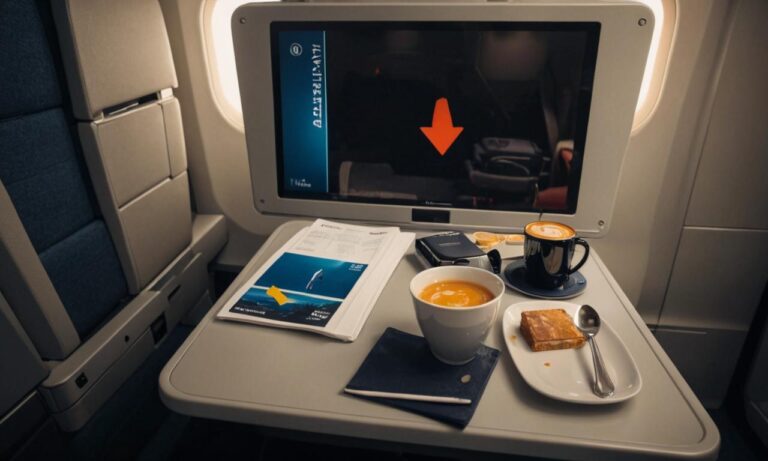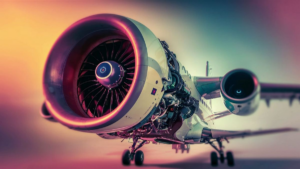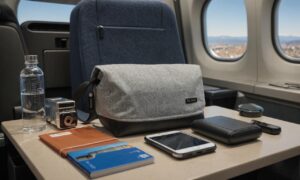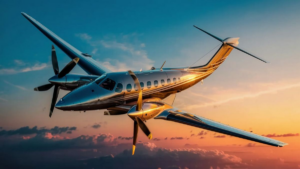When it comes to choosing your seat on a plane, strategic decision-making can significantly impact your overall flying experience. Whether you’re a frequent flyer or embarking on a once-in-a-lifetime journey, selecting the right seat can make a notable difference in your comfort, convenience, and even safety.
Considerations for Choosing Your Seat
Before diving into specific seat options, it’s essential to consider various factors that can influence your decision:
- Personal preferences
- Flight duration
- Travel companions
- Health considerations
- Cost and budget
Front, Middle, or Back?
Each section of the plane offers distinct advantages and drawbacks:
| Front | Middle | Back |
|---|---|---|
| Close to the exit | Stability | Less crowded |
| Quick deplaning | Minimal turbulence | Potential engine noise |
| Priority boarding | Varying seat options | Near restrooms |
Window, Aisle, or Middle Seat?
Each seat type offers its own advantages:
- Window Seat: Stunning views, more privacy, leaning surface.
- Aisle Seat: Easy access to the restroom and stretching legs.
- Middle Seat: Potential discomfort due to limited space, less desirable.
Additional Considerations
Other factors to contemplate when choosing your seat:
- Noise level: Avoid sitting near the engines or galley for a quieter experience.
- Legroom: Consider booking an exit row or bulkhead seat for extra legroom.
- Reclining ability: Seats in the last row typically don’t recline fully.
- Seat pitch: Opt for seats with ample legroom for added comfort.
Final Thoughts
Ultimately, the ideal seat on a plane varies depending on individual preferences and circumstances. Whether you prioritize extra legroom, quick deplaning, or uninterrupted sleep, careful consideration of seat selection can enhance your overall travel experience.
Frequently Asked Questions
Here are some commonly asked questions regarding choosing seats on a plane:
- Can I change my seat after booking?
- Are there any seats with extra legroom available?
- How can I avoid sitting near noisy areas?
- What are the benefits of selecting a seat in the front, middle, or back of the plane?
- Is it better to choose a window, aisle, or middle seat?
Can I Change My Seat After Booking?
Yes, most airlines offer the option to change your seat after booking, either through their website or by contacting their customer service. However, seat changes may be subject to availability and sometimes incur additional fees.
Benefits of Selecting a Seat in Different Sections
Choosing a seat in the front, middle, or back of the plane offers various advantages:
- Front: Close to exits, quick deplaning, priority boarding.
- Middle: Stability, varying seat options.
- Back: Less crowded, near restrooms.
What are the Benefits of Choosing Different Seat Types?
Each seat type—window, aisle, or middle—has its own benefits:
- Window Seat: Stunning views, more privacy.
- Aisle Seat: Easy access to restroom and stretching legs.
- Middle Seat: Potential discomfort due to limited space.
How Can I Avoid Noisy Areas?
To minimize noise during the flight, avoid seats near the engines or galley. Choosing a seat in the middle section of the plane or towards the front can often provide a quieter experience.
Are There Seats with Extra Legroom?
Yes, many airlines offer seats with extra legroom, such as exit row seats or bulkhead seats. These seats typically come with an additional fee or are reserved for passengers with specific needs.
See also:






